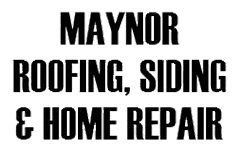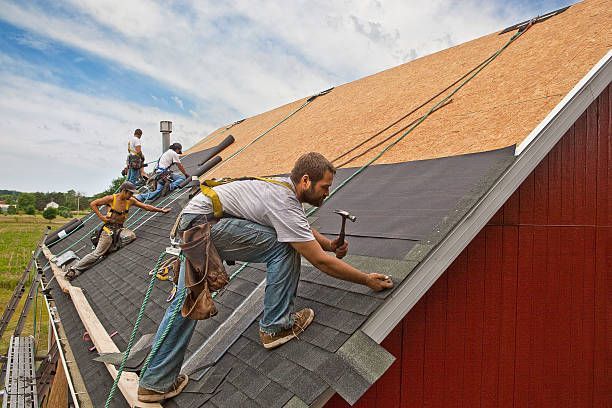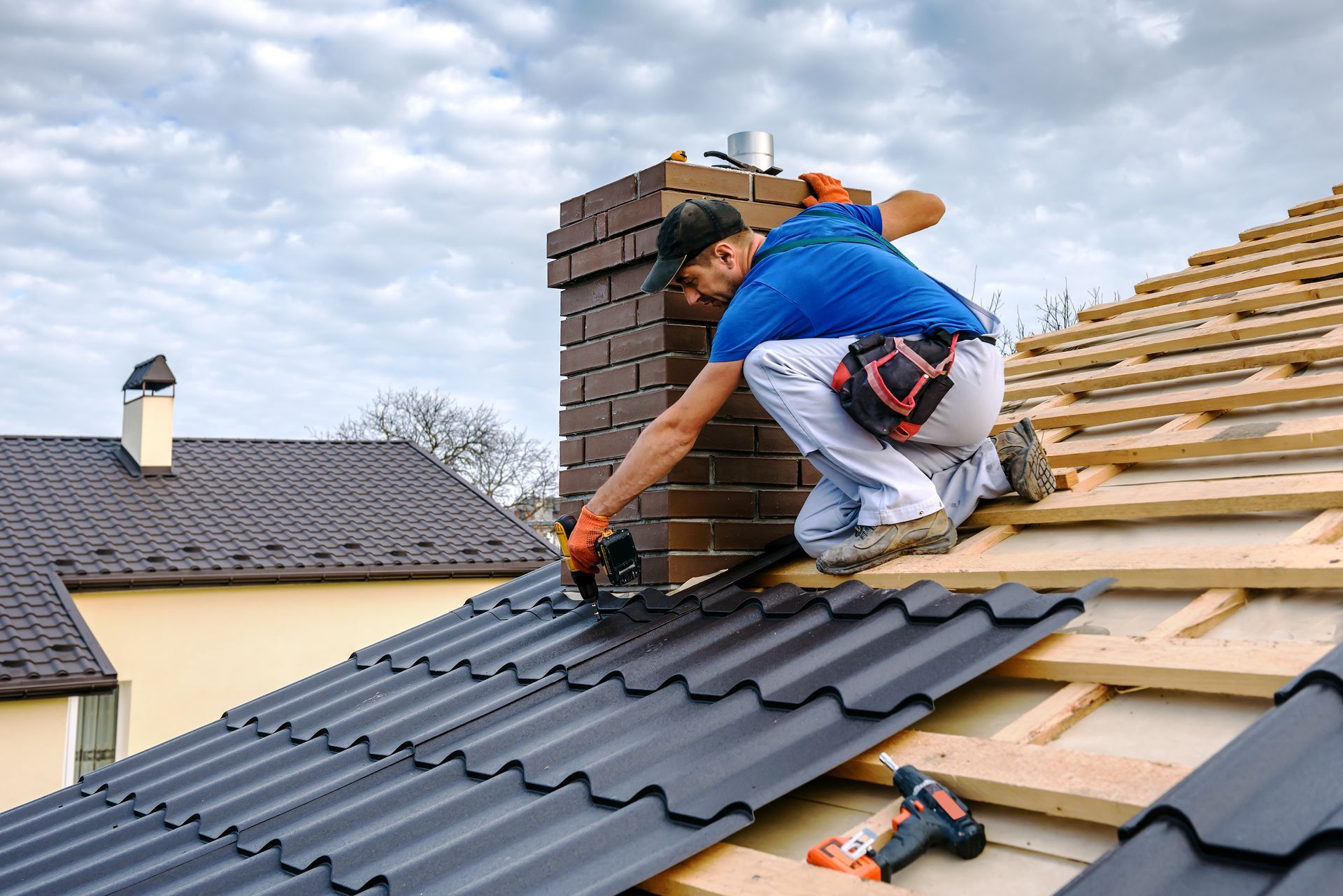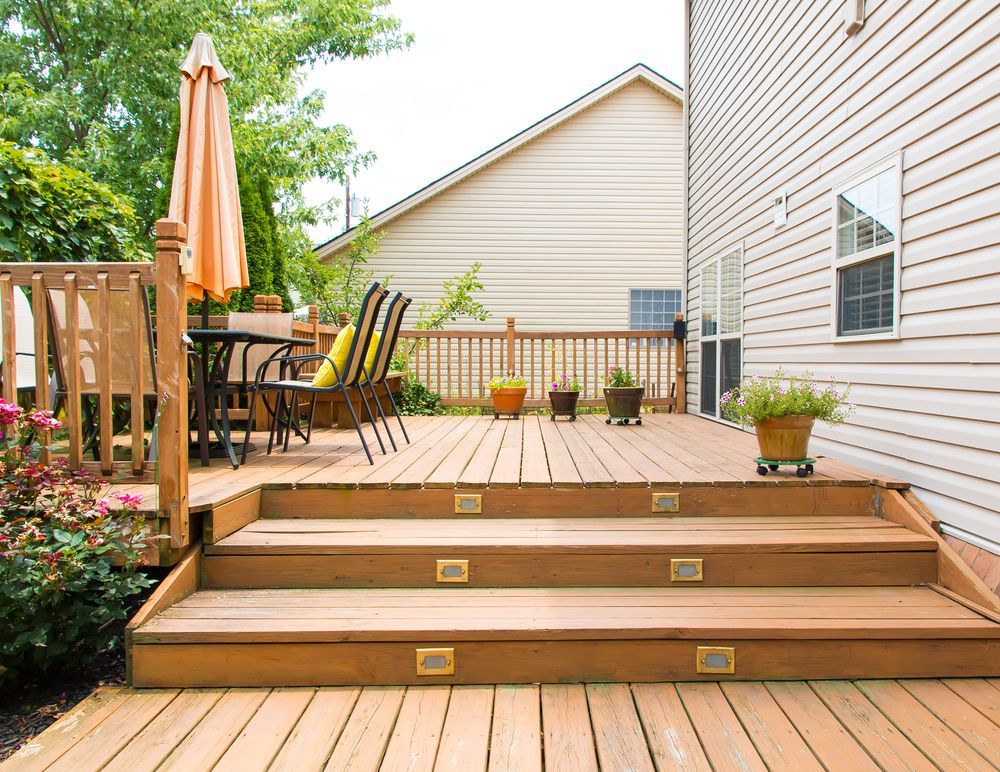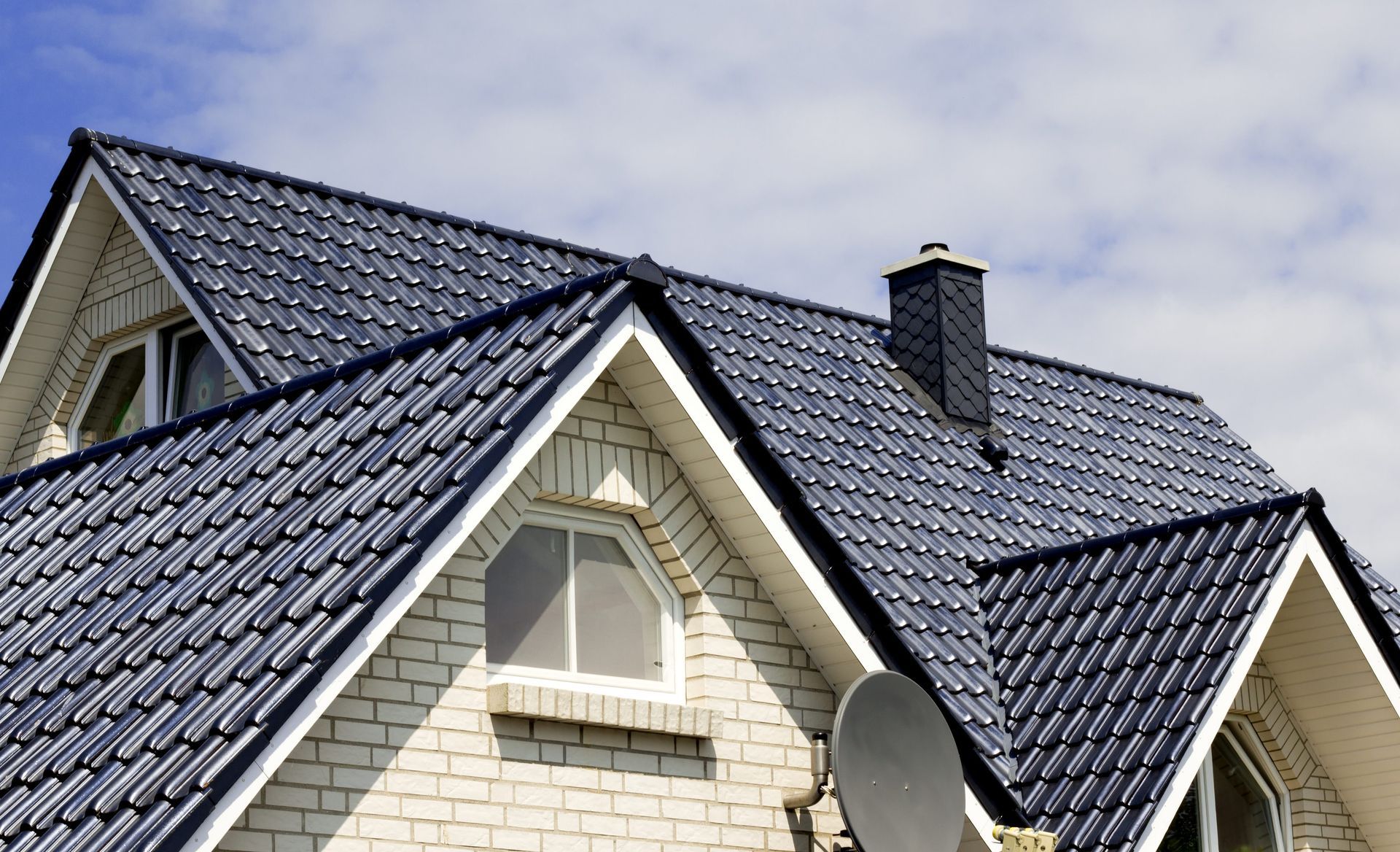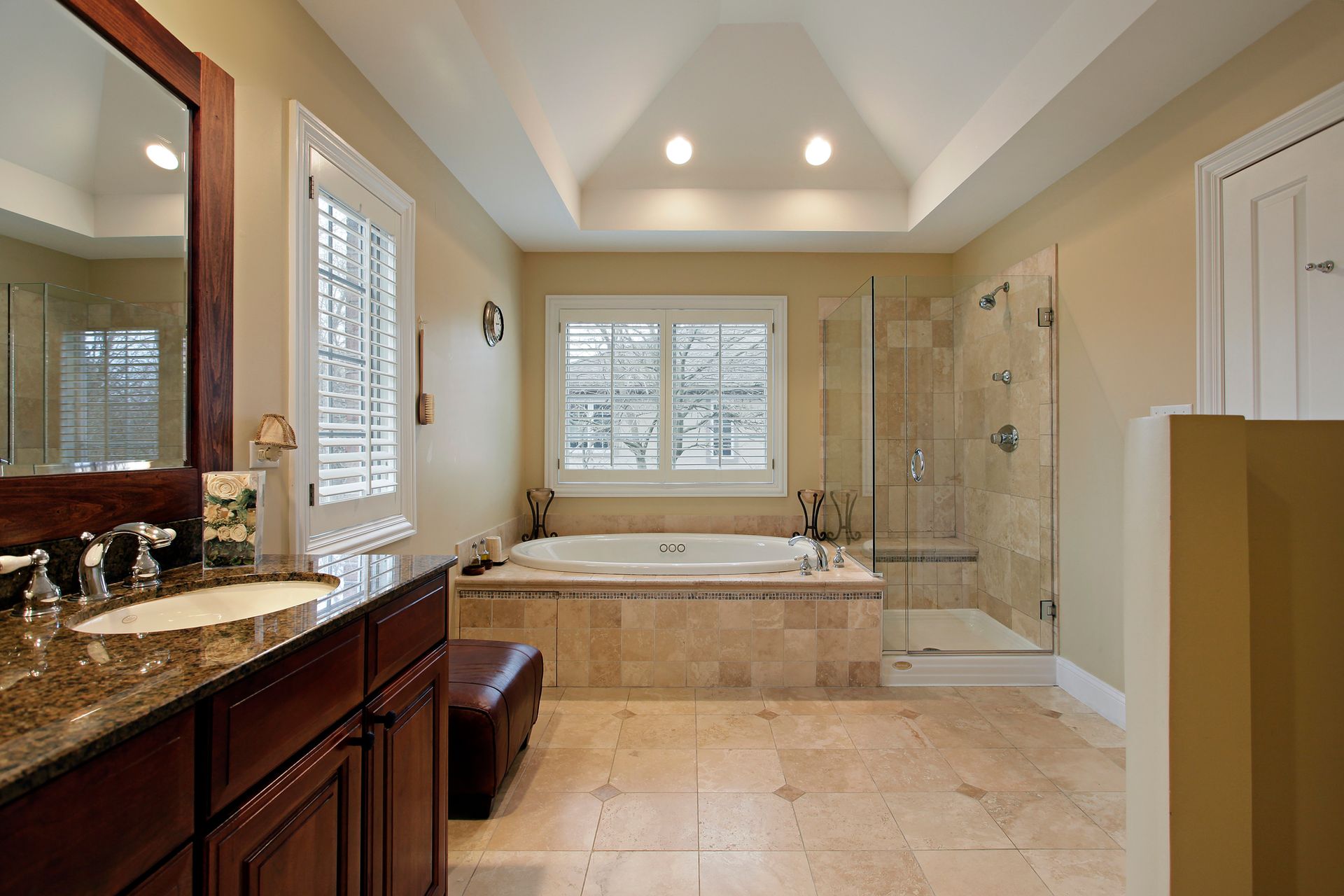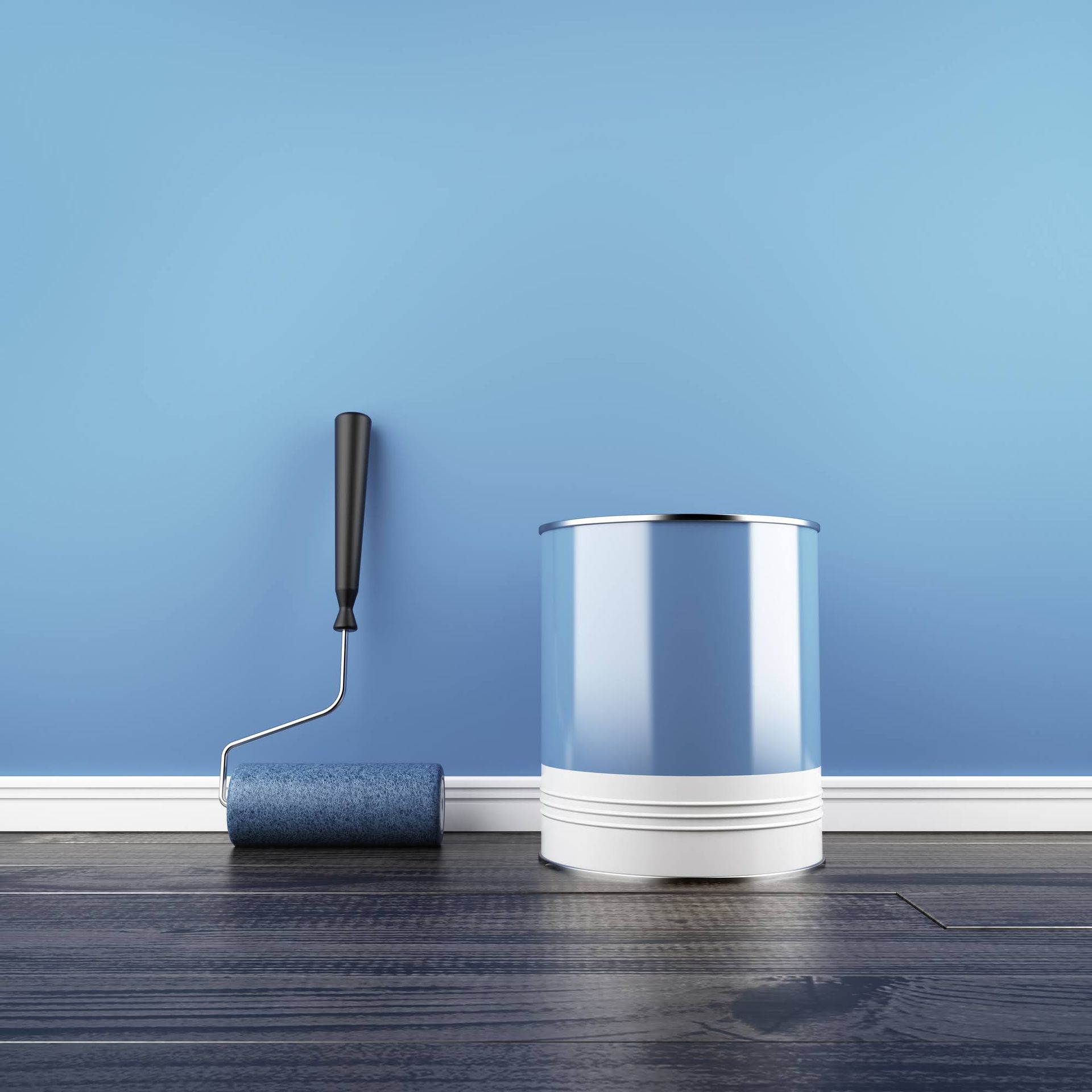4 Home Upgrades That Can Increase Energy Efficiency
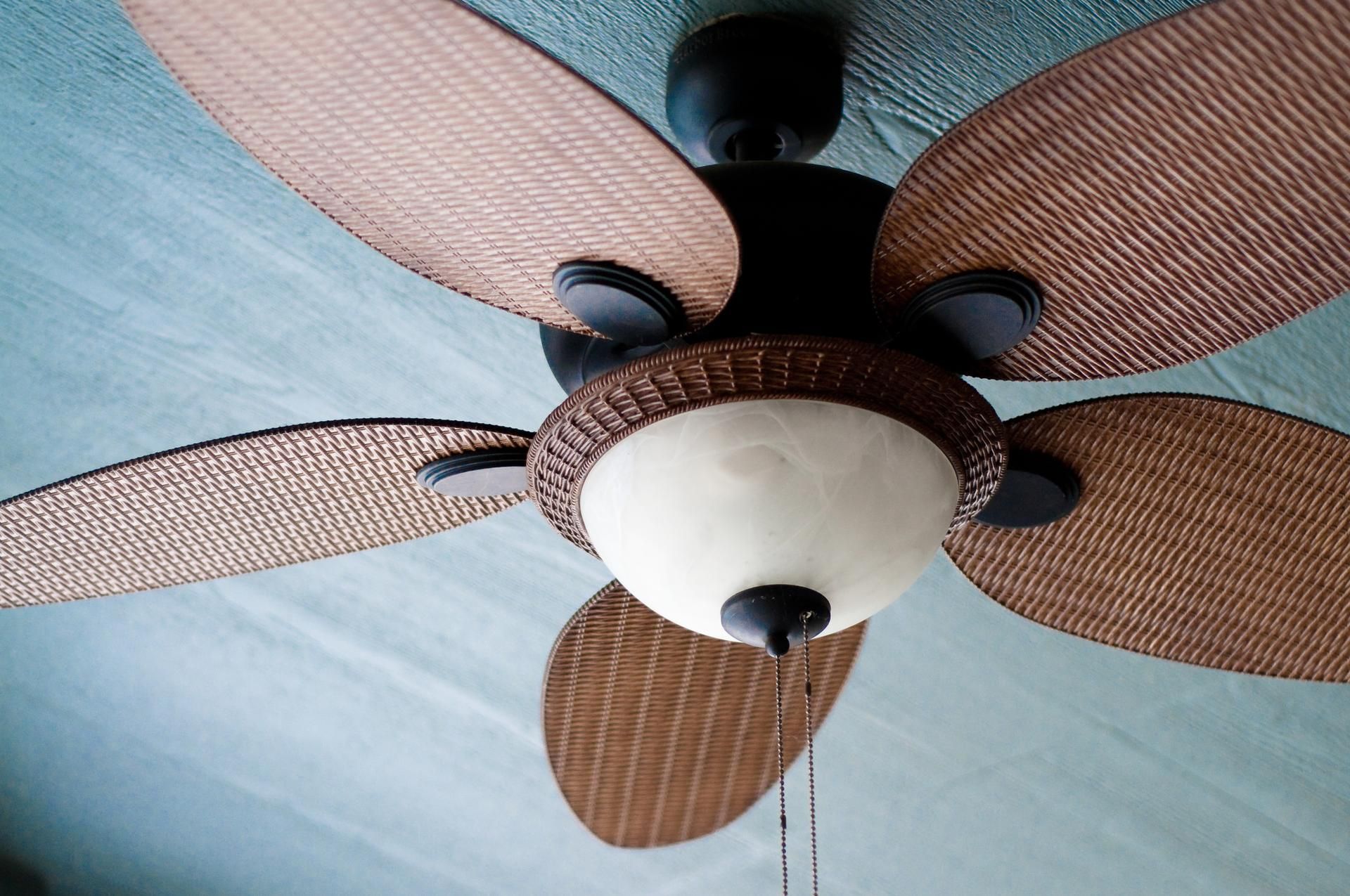
Most homeowners want to spend as little as possible on energy bills. One way to do that is to implement certain home upgrades. Explore some of those upgrades.
1. Ceiling Fans
By utilizing ceiling fans, you can lower your thermostat without sacrificing comfort. The active circulation of air the fans creates makes you feel cooler even at a higher temperature setting. This allows you to reduce air conditioning, which consumes significant energy.
In the winter, you can set the ceiling fans to the reverse setting, pulling the cool air upwards and pushing the warm air near the ceiling down into the living space. This redistributes the warm air that accumulates near the ceiling, making the room feel warmer. Doing so lets you lower your thermostat and maintain a comfortable temperature.
Furthermore, ceiling fans help in evenly circulating hot air throughout the room. Hot air rises and gets trapped near the top in rooms with high ceilings. The warm air efficiently circulates using ceiling fans, preventing it from accumulating and blowing it back down to the living area. This recirculation reduces the need for additional heating, enhancing energy efficiency in the home.
2. Insulation and Sealants
Insulation and sealants play a crucial role in enhancing home energy efficiency by preventing the loss or gain of heat, reducing energy consumption, and maintaining a comfortable indoor environment. The sealants provide a barrier against heat exchange between the interior and exterior of a home.
Newer insulation types offer superior thermal resistance and can go on various areas like walls, attics, and crawl spaces. Sustainable materials have also gained popularity due to their eco-friendly properties. You can also fit chimneys with chimney caps to prevent heat loss and block the entry of cold air.
Efficient windows and doors with proper weatherstripping ensure minimal air infiltration. You can insulate ceilings with materials like blown-in fibreglass or cellulose insulation. Attic doors can be insulated with foam boards or weatherstripping, while crawl spaces benefit from encapsulation and insulation.
For instance, you can insulate attics with proper ventilation to regulate temperature. By addressing these areas, homeowners can significantly enhance their home's energy efficiency and reduce energy costs.
3. Weatherstripping
Weatherstripping is a simple yet effective method to enhance home energy efficiency, particularly for exterior doors. By sealing gaps around the door frame, weatherstripping ensures consistent indoor temperatures and prevents drafts. One crucial component of weatherstripping is door sweeps, which are strips of material that go along the bottom of the door to block air infiltration.
This inexpensive project can significantly reduce your energy bills in the short term. As a result of weatherstripping, your home becomes more airtight, preventing warm or cool air from escaping and preventing outside air from entering. This means your heating and cooling systems won't have to work as hard, resulting in energy savings and a more comfortable living environment.
4. Energy-Efficient Roofs
Energy-efficient is designed to minimize heat transfer, which can significantly impact indoor temperature regulation and reduce the need for excessive heating or cooling. One important feature of energy-efficient roofs is using reflective materials that can effectively reflect sunlight and reduce heat absorption. This helps to maintain cooler indoor temperatures, especially during hot summer months.
Additionally, energy-efficient roofs often have improved insulation properties, further reducing heat transfer and maintaining a consistent temperature inside the house. Investing in an energy-efficient roof allows homeowners to experience reduced energy consumption, lower utility bills, and enhanced comfort throughout the year.
Targeted home upgrades can significantly improve the comfort and functionality of your home. Maynor Roofing, Siding, and Home Repair offers home upgrade services at affordable rates. Contact us now for more information.
